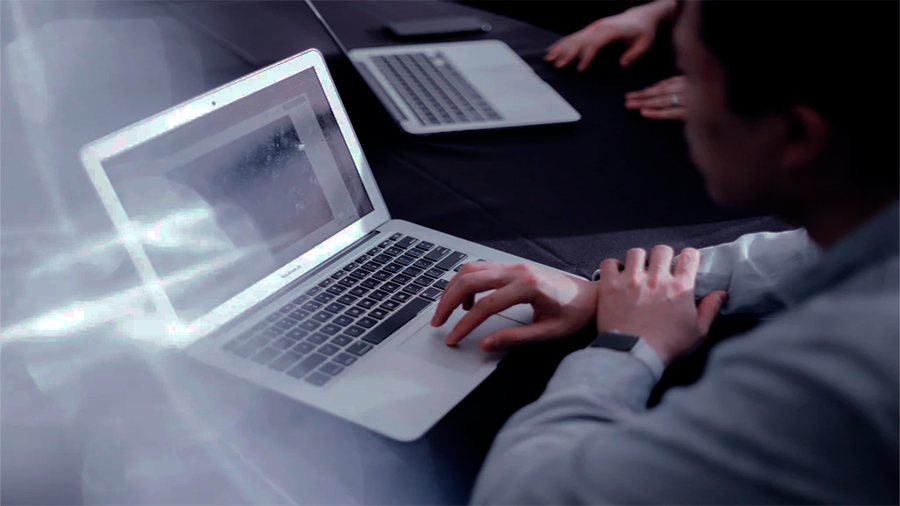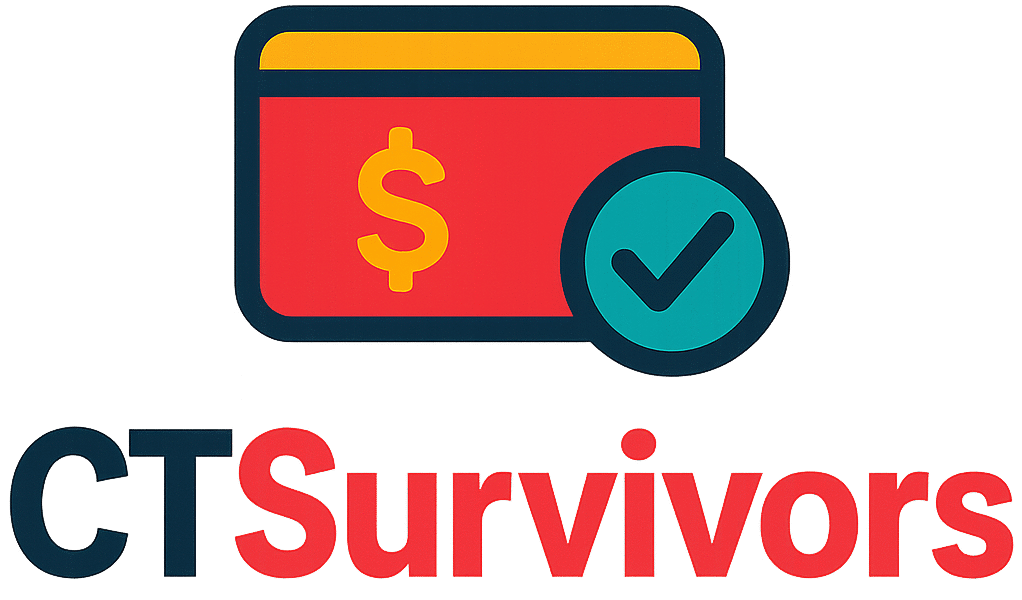Starting a business isn’t just about ambition — it’s about access. And for women, that access is often harder to come by. Despite progress in laws and policies, the financial world still favors certain profiles, and female entrepreneurs often fall outside them. Whether it’s lack of collateral, weak credit history, or industry bias, women continue to face higher hurdles when seeking capital. But targeted credit support is changing that. Slowly, steadily, and with the potential to transform the business landscape entirely.
Why Women Still Struggle to Access Credit
On paper, the gender gap in lending shouldn’t exist. But in reality, women receive smaller loans, face higher rejection rates, and are often pushed toward microcredit — even when their businesses could scale far beyond that level. These patterns aren’t due to lack of capability. They stem from systemic barriers that have been slow to dissolve.
The Structural Challenges
Many women don’t own property to use as collateral. Others have shorter credit histories because they’ve taken time off to raise children, worked in informal sectors, or never had access to a credit card. Still others are launching businesses in areas like education, caregiving, fashion, or food — sectors seen by banks as low-growth, despite their proven demand.
In conservative financial systems, risk assessments are often based on old data, biased benchmarks, or outdated assumptions. The result? Lenders play it safe. And “safe” rarely includes women.
The Confidence Gap — And How It Affects Lending
Even when women meet the technical requirements, they’re less likely to apply for financing. Studies show that women often underestimate their readiness to borrow or seek smaller loans than they need. This isn’t because they’re less competent — it’s because they’re more cautious, more debt-averse, and often more risk-aware than men. But ironically, this can make them seem less serious to lenders.
Perception Versus Reality
Many loan officers equate assertiveness with viability. A woman asking for a modest amount may be perceived as unambitious, even if she’s being realistic and financially responsible. Meanwhile, the man asking for triple the amount gets rewarded for his “vision.” This double standard, subtle but persistent, is one of the reasons why dedicated credit programs for women are still necessary.

What Dedicated Credit Support Looks Like
Credit support for women isn’t just about creating special loan products. It’s about redesigning the lending environment so that women have an equal chance to succeed. This means reshaping how banks assess risk, what data they use, and how they build relationships with borrowers.
Key Features of Women-Centric Lending Programs
- Lower collateral requirements: Many women’s programs use guarantees or peer networks to substitute hard assets.
- Blended finance structures: Combining grants, loans, and technical assistance.
- Mentorship and financial literacy: Support before and after the loan is disbursed.
- Flexible repayment terms: Adapting to seasonal income or family responsibilities.
Programs like these exist around the world — some supported by governments, others by international development banks, and many by local NGOs or microfinance institutions. The best ones pair capital with coaching and community.
Real-World Examples
Across the globe, there are case studies that prove credit support works — not just to empower women, but to build stronger economies. In Latin America, thousands of women have launched businesses through programs backed by the Inter-American Development Bank. In Kenya, mobile lending apps with gender-sensitive algorithms have brought informal traders into the credit system. And in the U.S., SBA-backed Women’s Business Centers have helped close the gap in both lending and procurement.
But Progress Is Uneven
In many rural areas, especially in low-income countries, women still face legal restrictions on owning land or signing contracts without male consent. In others, cultural norms make it difficult to open a bank account or speak directly to loan officers. Credit support, in these cases, must go beyond product design. It requires advocacy, education, and legal reform.

Technology: A Double-Edged Sword
Digital finance holds massive promise for closing the credit gap — but only if it’s built to be inclusive. Many women now use mobile money, e-wallets, or peer-to-peer platforms to manage income. These can be leveraged as alternative data sources for credit scoring. But many fintech platforms replicate the same biases as traditional banks, especially if algorithms are trained on historical data that already excludes women.
Making Fintech Work for Women
- Collect diverse data — including behavior, not just income.
- Design interfaces and processes that are accessible to users with low literacy.
- Build teams that include women in leadership and product roles.
- Regularly audit algorithms for discriminatory patterns.
Used properly, technology can open doors. Used carelessly, it just automates exclusion.
Beyond Credit: What Women Entrepreneurs Really Need
Loans are only part of the equation. Women entrepreneurs need support ecosystems — spaces where they can access markets, mentorship, professional networks, and legal services. They also need social support to balance work with caregiving, something that still falls disproportionately on women across the world.
What Holistic Support Looks Like
- Shared workspaces with childcare options
- Peer mentorship circles and co-founder matching
- Market access platforms that prioritize women-led brands
- Advocacy for equal tax and procurement policies
Credit without community often leads to failure. But when women have access to capital and support, the impact multiplies — economically and socially.
The Long-Term Benefits of Gender-Inclusive Lending
Investing in women isn’t just good PR. It’s good economics. According to the World Bank, closing the credit gap for women-owned businesses could add trillions to global GDP. Women reinvest more of their income into families and communities, creating ripple effects that improve education, health, and local resilience. It’s not just about balance sheets — it’s about societal change.
What Happens When Women Have Capital
- More job creation at the local level
- Higher financial inclusion for other women
- More sustainable and community-focused businesses
- Increased economic resilience during crises
Women don’t just build businesses — they build ecosystems. And credit is the fuel they need to grow them.
Steps Women Can Take Right Now
If you’re a woman with a business idea — or one already in motion — don’t wait for perfect conditions. There are actions you can take today to position yourself for success. Start by strengthening your financial knowledge. Learn how credit works, what documents you need, and what lenders look for. Then, connect with women-focused programs, local chambers, or entrepreneurial hubs.
Quick Actions to Boost Access to Credit
- Build a simple but solid business plan
- Join women entrepreneur networks online or locally
- Apply for a small loan — even if it’s just to start building repayment history
- Document everything: income, expenses, sales, supplier deals
Every loan repaid builds trust. Every application teaches you something. Even rejection can lead to future success if you use the feedback to improve.
Credit support for women entrepreneurs is more than a matter of fairness — it’s a necessity for economic growth and innovation. When women are shut out of the financial system, we all lose. But when they’re given the tools, support, and freedom to build businesses, the results go far beyond individual success. They create jobs, expand markets, and transform communities. Real inclusion in credit requires intentional design, inclusive data, and a shift in how we define risk. But it’s not just possible — it’s already happening. And the future depends on accelerating that change.


